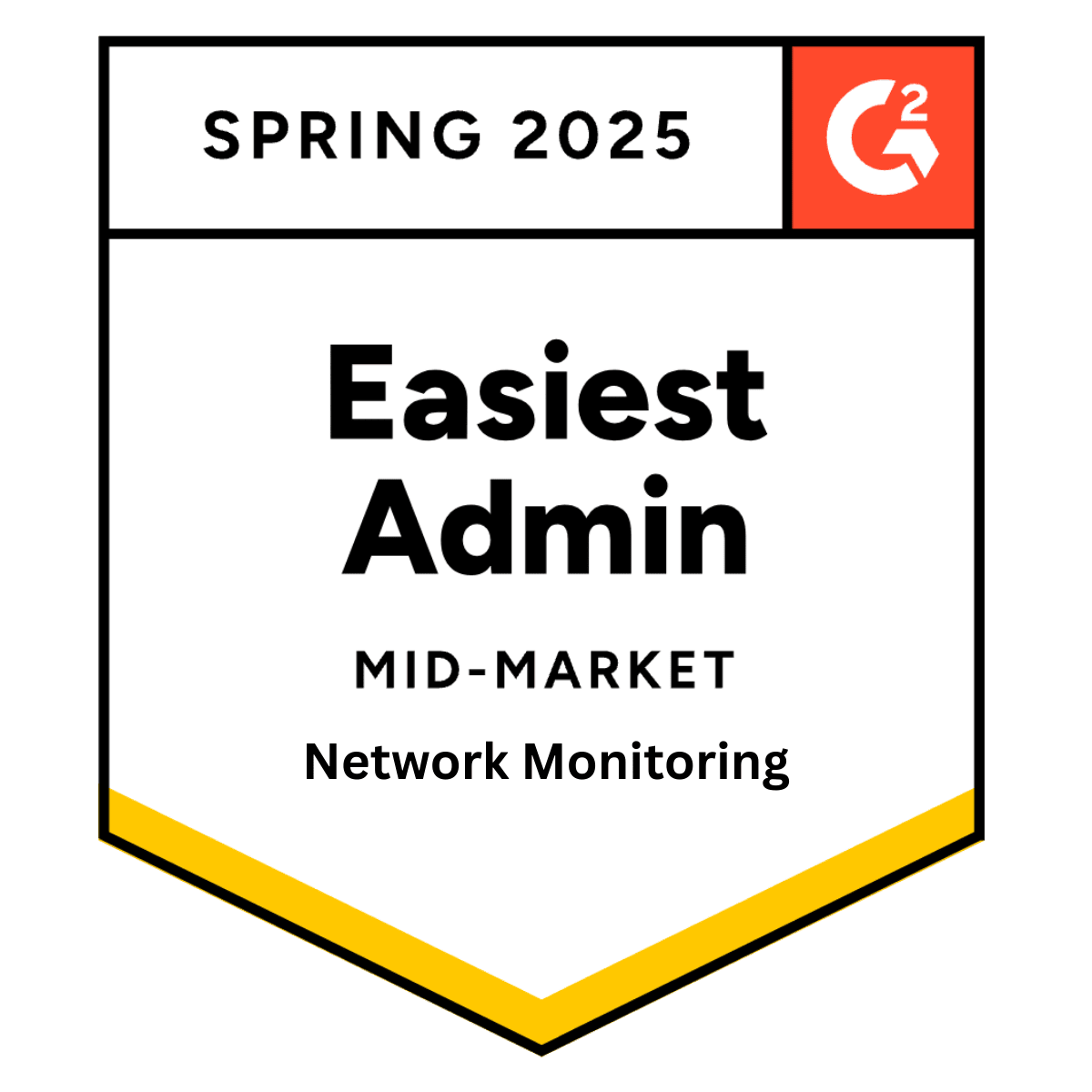
What to Consider when Building an IT Infrastructure for SMBs?
Thursday 21 November, 2019

We live in a digital age where technology plays a critical role in the day-to-day operations of all business organizations. If SMBs are to successfully compete against large corporations in this technology-driven environment, they need an IT infrastructure that boosts their efficiency, brings down operating costs, and supplements their growth.
The IT infrastructure of a small business consists of a multitude of components such as endpoints, software tools, network solutions, storage systems, and more. Additionally, organizations must frequently update their IT capabilities to keep up with their competition.
Hence, building an IT infrastructure can be a challenging task for businesses that do not have expertise in this field. This article talks about what you need to consider while building a stellar IT infrastructure that is both affordable and sustainable.
Hardware and software requirements
When it comes to IT, there is no universal solution that can be applied to all SMBs. The needs of businesses differ, and so does their IT functions. Planning your requirements right can give you a much-needed competitive edge over the other players in your industry. Everything from the number of endpoints to storage requirements must be taken into consideration.
Different businesses require different software tools to handle their critical operations. For instance, a manufacturing firm needs an inventory management software, which can be of little use to an accounting firm. You must plan your requirements and choose the right products that solve your business problems. Since businesses require multiple hardware and software tools, you need to make sure they are compatible with each other.
Server to workstation ratio
Having a server is essential for businesses that have more than three workstations. Without a server, your workstations alone cannot handle the load of your daily business operations. For instance, if you have an online shopping business, the sheer number of security authentications and billings can overwhelm your IT system.
Setting up a server is not costly, even for small businesses. Though a single server can easily handle more than 10 users, it is better to limit the number of users to 10 to ensure optimal performance.
Network performance
For many SMBs, network performance is critical to their business operations since it has a direct impact on productivity. Poor network performance affects your productivity, contributes to your downtime, and incurs huge costs. This can be averted by investing in the right networking hardware equipment and a fast internet connection.
With optimal network performance, you can ensure better application performance, high uptime, and high productivity. This is also vital for securely running your cloud-based applications.
Storage and security
The most valuable commodity of the 21st century is data. Hence, large corporations spend billions of dollars every year in data storage and security. Data is important for all businesses, and you must find the best way to store your data. You can use hard drives, cloud storage, or data centers depending on the size of your business and storage needs. In addition to regular data storage, you also need to invest in cloud-based business continuity and disaster recovery services for your critical data.
Figuring out your storage needs is just one part of the solution. You also need to incorporate enterprise security solutions that are compatible with your business needs. SMBs must protect their endpoints, networks, servers, and client systems. To successfully incorporate this, businesses must invest in firewalls, anti-virus solutions, multi-factor authentication systems, and more.
Key factors to note
Remember the following factors when building the IT infrastructure for your small business:
- Incorporate scalable solutions: The solutions you incorporate must be able to sustain your future growth. For instance, cloud-based solutions are easily scalable, as you can add more functions when your requirements increase. It is better to go for solutions that do not create any strain in your IT department as your business requirements grow.
- Pick the right vendors: Most SMBs outsource their IT services to managed service providers (MSPs) that are capable of remotely managing your IT infrastructure. Pick the right MSP who provides a proactive service based on your business needs.
- Go for simplicity: If you are an SMB, it is not a good idea to opt for complex solutions that require costly training and onboarding of your staff. Rather, go for standardized solutions that are simple to incorporate into your internal IT department.
Grow your business with the right solutions
Technology has completely transformed how businesses operate. Incorporating the right IT management software can boost the productivity of your business, scale its operations, improve security, and reduce costs. It helps small businesses stay on top of their competition. Building an IT infrastructure can be a little tricky for businesses not involved in technology. However, the above-mentioned steps can help you gain the required technical skills and incorporate the right solutions that can help with the growth of your business.
Share this post
Related Posts
Join the Ranks of Satisfied Customers and Experience the Pulseway Difference Today.








